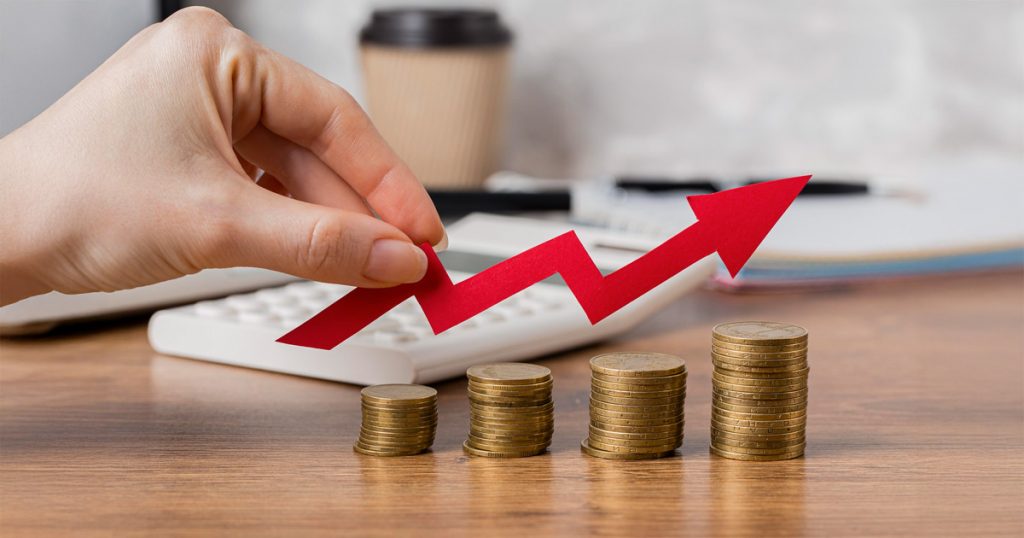High-yield bonds attract investors with the promise of better returns, but they come with their share of risk. These bonds, also called junk bonds, offer higher interest rates than investment-grade bonds. However, that reward comes at a cost. So, is it still worth it to invest in them, or are their risks too much? Understanding how they work can help you make the right decision.
Understanding High-Yield Bonds
High-yield bonds are debt securities issued by companies with lower credit ratings. Credit rating agencies classify them below BBB (for S&P and Fitch) or below Baa3 (for Moody’s). These companies are seen as having a higher chance of default, which is why they must offer higher interest to attract buyers.
This makes high-yield bonds unsafe investment options, at least not in the traditional sense. Compared to government bonds or blue-chip corporate bonds, they carry a higher chance of default. Still, for some investors, the rewards outweigh the risks.
Why Companies Issue High-Yield Bonds
Companies with limited credit options often turn to high-yield bonds to raise money. These could be newer businesses, firms with unstable earnings, or those in highly competitive sectors. They use the funds for expansion, acquisitions, or refinancing debt.
The appeal for companies is clear: they get access to capital when banks or traditional investors might hesitate. For investors, the high interest payments offer income potential that’s hard to match elsewhere, making them an attractive option despite the risks.
Why Invest in High-Yield Bonds?
High-yield bonds offer unique benefits that make them attractive to certain investors:
- Diversification: Their performance often differs from stocks and investment-grade bonds, helping reduce overall portfolio volatility.
- Steady Income: They offer higher interest payments, which provide consistent income for investors.
- Strong Returns in Growth Periods: When the economy improves, these bonds can gain value as default risks drop and prices rise.
The High-Yield Bond Risk You Need to Know
While the potential rewards are appealing, these investments come with significant risks:
- Credit Risk: If the issuing company defaults, bondholders lose interest payments and possibly principal.
- Liquidity Risk: Some bonds are hard to sell quickly without a price drop, especially during market stress.
- Interest Rate Risk: As rates rise, the value of existing high-yield bonds often falls more than investment-grade ones.
- Market Risk: Economic downturns or global events can drag down prices and increase the risk of default.
Who Should Consider High-Yield Bonds?
High-yield bonds aren’t for everyone. They suit investors who can tolerate risk and are looking for higher income. Those near retirement or with low risk tolerance may want to avoid them.
These bonds also require ongoing monitoring. Changes in a company’s credit rating or financial performance can impact the value of your bond. Active investors or those with advisors may benefit from the regular attention these investments require.
Another option is to invest through mutual funds or exchange-traded funds. These offer diversification and professional management, which can reduce the impact of a single bond default.
Are High-Yield Bonds Safe in the Long Run?
That depends on the economy, interest rates, and the companies involved. In good economic conditions, default rates fall, making them seem safer. In downturns, defaults can rise sharply, hurting investors.
The key is to view them as part of a broader investment strategy. They shouldn’t replace core assets like stocks or government bonds. Instead, use them to boost income or diversify risk.
Even seasoned investors use them in moderation. A 10 to 15 percent allocation in a balanced portfolio can provide benefits without taking on too much risk.
Know What You Own, Own What You Understand
Chasing yield without understanding the trade-offs can lead to costly regrets. High-yield bonds are not shortcuts to wealth. They require clarity, not just courage.
Before investing, ask yourself if the extra income is worth the added risk. Are high-yield bonds safe? That depends more on your strategy than the asset itself.
Every investment comes with a story. Make sure yours includes purpose, planning, and patience. Use high-yield bonds only when they truly serve your financial goals, not just your appetite for returns.
The best portfolios aren’t built on trends. They’re built on trust, in your research, your risk tolerance, and your reason for investing.
